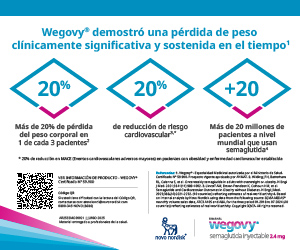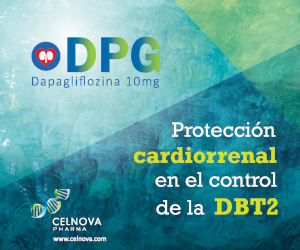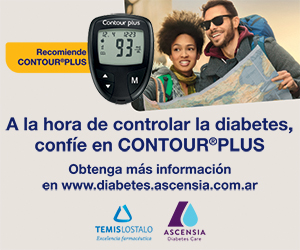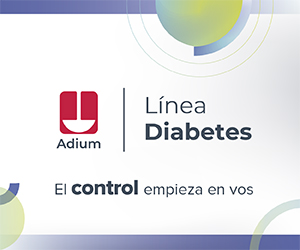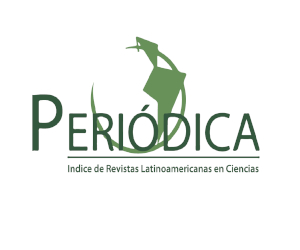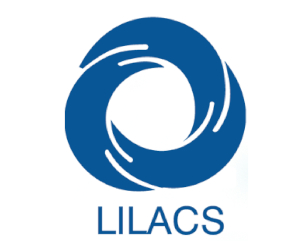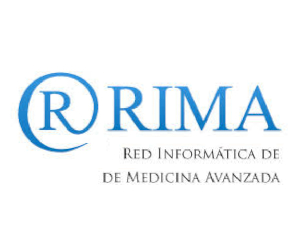Report of high insulin requirements in pediatric critically ill patients with COVID-19. Experience with continuous remote glucose monitoring
DOI:
https://doi.org/10.47196/diab.v55i2.462Keywords:
COVID-19, hyperglycemia, pediatric critical patient, remote glucose monitoringAbstract
Critically ill patients with COVID-19 suffer from sustained hyperglycemia that is difficult to manage. Added to this is the challenge of minimizing exposure to contagion.
In this article we analyze the metabolic evolution of two pediatric patients with COVID-19 admitted to the intensive care unit (ICU) for COVID-19 patients at the Hospital “Prof. Dr. Juan P. Garrahan ”from the Autonomous City of Buenos Aires, Argentina, who required treatment with intravenous insulin and whose blood glucose was remotely monitored with the InsuMate® platform developed at the National University of La Plata.
The patients required insulin infusion rates in doses markedly higher than those of other critically ill patients, who were impressively related to the values of inflammation markers. The infusion could be adjusted with four daily glucose monitors and the metrics obtained with the glucose monitor. The use of the continuous remote glucose monitoring system made it possible to decrease the frequency of glycemic monitoring during treatment.
References
I. Coronavirus Resourcer Center. Johns Hopkins University and Medicine. Disponible en: https://coronavirus.jhu.edu/map.html. Último acceso: 09/09/20.
II. US Department of Health and Human Services/Centers for Disease Control and Prevention. Coronavirus Disease 2019 in Children. United States, February 12 April 2, 2020. Morbidity and mortality Weekly Report April 10, 2020; Vol. 69, Nº 14.
III. Wang A, Zhao W, Xu Z, Gu J. Timely blood glucose management for the outbreak of 2019 novel coronavirus disease (COVID-19) is urgently needed. Diabetes Research and Clinical Practice 2020; 162:108118.
IV. Zhi L, et al. From the insight of glucose metabolism disorder: oxygen therapy and blood glucose monitoring are crucial for quarantined COVID-19 patients. Ecotoxicology and Environmental Safety 2020; 197:110614.
V. Wang F, Wang H, Fan J, et al. Pancreatic injury patterns in patients with COVID-19 pneumonia. Gastroenterology 2020; 159(1):367-370.
VI. Agus MS, Wypij D, Hirshberg EL, et al. Tight glycemic control in critically Ill children. N Engl J Med 2017; 376(8)729-741.
VII. Zhou J, Tan J. Diabetes patients with COVID-19 need better blood glucose management in Wuhan, China. Metabolism Clinical Experimental 2020; 107:154216.
VIII. Gianchandani R, Esfandiari NH, Ang L, Iyengar J, Knotts S, Choksi P, Pop-Busui R. Managing hyperglycemia in the COVID-19 inflammatory storm. Diabetes 2020 Oct; 69(10):2048-2053.
IX. Ceriello A, Standl E, Catrinoiu D, et al. Issues for the management of people with diabetes and COVID-19 in ICU. Cardiovasc Diabetol 2020; 19:114.
X. Korytkowski M, Antinori-Lent K, Drincic A, et al. A pragmatic approach to inpatient diabetes managemet during the COVID-19 pandemic. J Clin Endocrinol Metab 2020; 105(9):1-12.
XI. Coronavirus (COVID-19) Update: FDA allows expanded use of devices to monitor patients’ vital signs remotely. Disponible en: https://www.fda.gov/news-events/press-announcements/coronavirus-covid-19-update-fda-allows-expanded-use-devices-monitor-patients-vital-signs-remotely.
XII. Arambarri D, Mendoza L, Rosales N, Garelli F. InsuMate: implementation and testing of Open Source Platform for Artificial Pancreas System. ATTD20-0670. Proceedings of 13th International Conference on Advanced Technology & Treatments for Diabetes, Madrid, Spain, Feb. 2020.
XIII. Sánchez-Peña R, Colmegna P, Garelli F, De Battista H, et. al. Artificial pancreas: clinical study in Latin America without premeal insulin boluses. Journal of Diabetes Science and Technology 2018; 12 (5):914-925.
XIV. Wu L, Girgis CM, Cheung NW. COVID-19 and diabetes: insulin requirements parallel illness severity in critically unwell patients. Clin Endocrinol (Oxf) 2020 Oct; 93(4):390-393
XV. Van der Crabben SN, Blümer RM, Stegenga ME, et al. Early endotoxemia increases peripheral and hepatic insulin sensitivity. J Clin Endocrinol Metab 2009; 94(2):463-68.
XVI. Wallia A, Umpierrez GE, Rushakoff RJ, Klonoff DC, Rubin DJ, Hill Golden S, Cook CB, Thompson B. Consensus statement on inpatient use of continuous glucose monitoring. J Diabetes Sci Technol 2017; 11:1036-1044.
Downloads
Published
Issue
Section
License
Copyright (c) 2021 on behalf of the authors. Reproduction rights: Argentine Diabetes Society.

This work is licensed under a Creative Commons Attribution-NonCommercial-NoDerivatives 4.0 International License.
Dirección Nacional de Derecho de Autor, Exp. N° 5.333.129. Instituto Nacional de la Propiedad Industrial, Marca «Revista de la Sociedad Argentina de Diabetes - Asociación Civil» N° de concesión 2.605.405 y N° de disposición 1.404/13.
La Revista de la SAD está licenciada bajo Licencia Creative Commons Atribución – No Comercial – Sin Obra Derivada 4.0 Internacional.
Por otra parte, la Revista SAD permite que los autores mantengan los derechos de autor sin restricciones.





